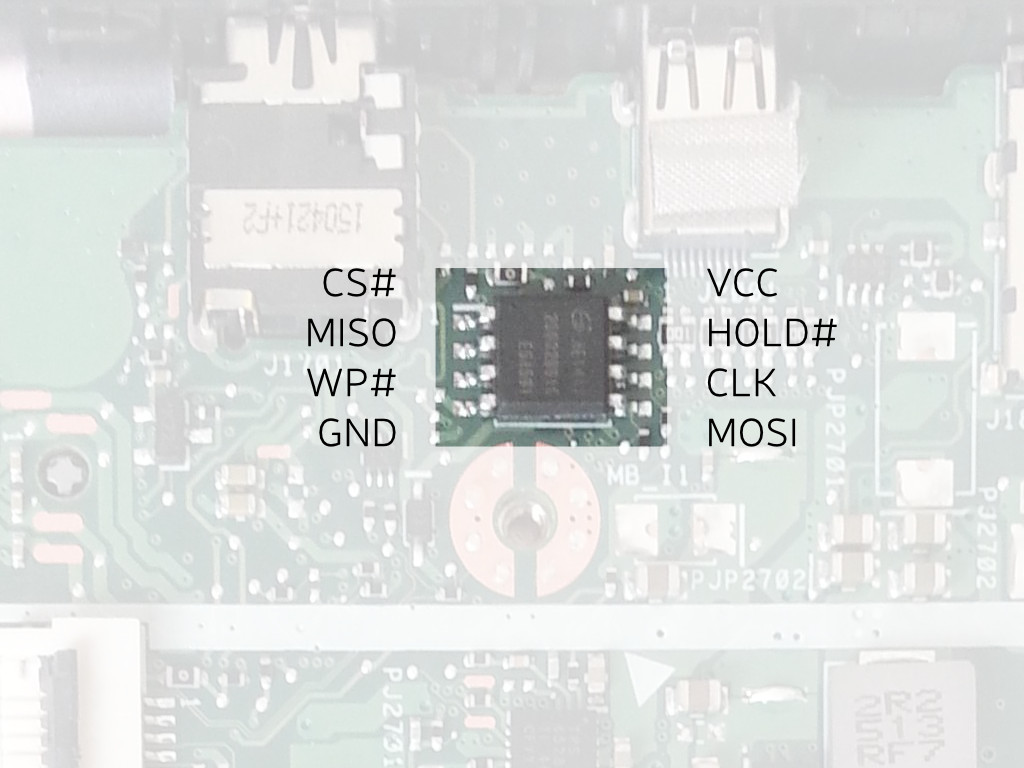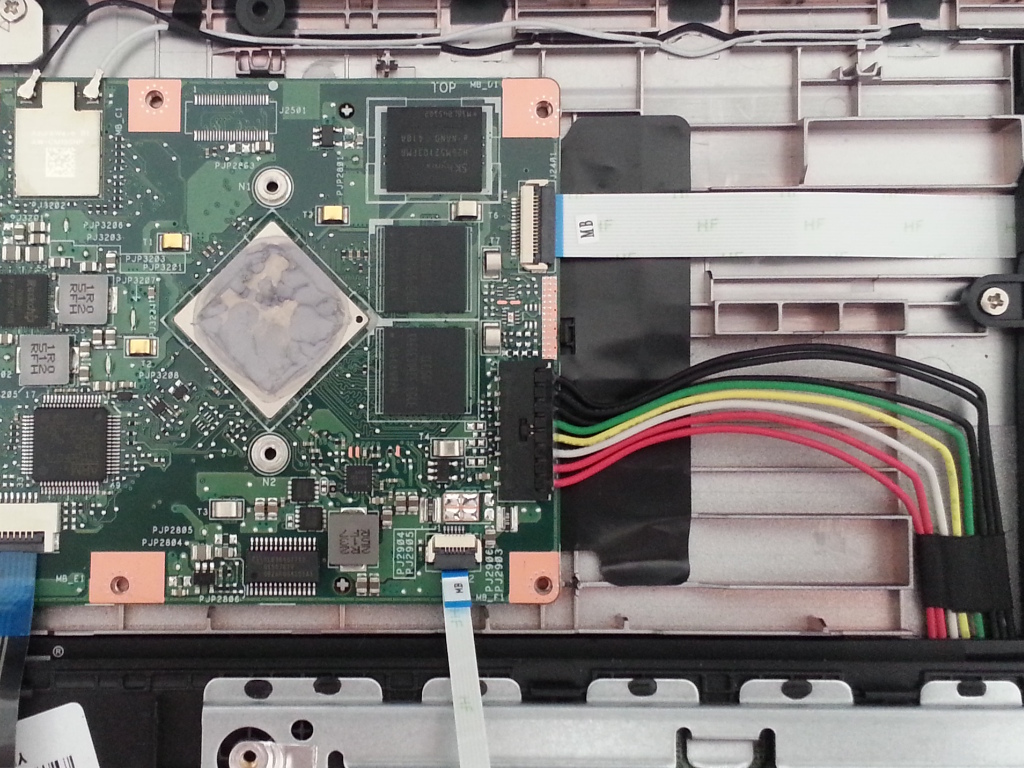8.7 KiB
In order to gain root privileges on ChromeOS, developer mode has to be enabled from the recovery mode screen and debugging features have to be enabled in ChromeOS.
Instructions to access the recovery mode screen and enabling developer mode are available on the page dedicated to depthcharge.
Once developer mode is enabled, the device will boot to the developer mode screen. ChromeOS can be booted by waiting for 30 seconds (the delay is shortened in Libreboot) or by pressing Ctrl + D
After the system has booted, root access can be enabled by clicking on
the Enable debugging features link. A confirmation dialog will ask
whether to proceed.
After confirming by clicking Proceed, the device will reboot and ask
for the root password to set. Finally, the operation has to be confirmed
by clicking Enable.
After setting the root password, it becomes possible to log-in as root. A tty prompt can be obtained by pressing Ctrl + Alt + Next. The Next key is the one on the top left of the keyboard.
Preparing the device for the installation Before installing Libreboot on the device, both its software and hardware has to be prepared to allow the installation procedure and to ensure that security features don't get in the way.
Configuring verified boot parameters
It is recommended to have access to the developer mode screen and to configure the following verified boot parameters:
- Kernels signature verification: disabled
- External media boot: enabled
Those changes can be reverted later, when the device is known to be in a working state.
Removing the write protect screw
Since part of the SPI flash is write-protected by a screw, it is necessary to remove the screw to remove the write protection and allow writing Libreboot to the read-only part of the flash.
To access the screw, the device has to be opened. There are 8 screws to remove from the bottom of the device, as shown on the picture below. Two are hidden under the top pads. After removing the screws, the keyboard plastic part can be carefully detached from the rest. Beware: there are cables attached to it! It is advised to flip the keyboard plastic part over, as shown on the picture below. The write protect screw is located next to the SPI flash chip, circled in red in the picture below. It has to be removed.
The write protect screw can be put back in place later, when the device is known to be in a working state.
Installing Libreboot to the SPI flash
The SPI flash (that holds Libreboot) is divided into various partitions that are used to implement parts of the CrOS security system. Libreboot is installed in the read-only coreboot partition, that becomes writable after removing the write-protect screw.
Installing Libreboot internally, from the device
Before installing Libreboot to the SPI flash internally, the device has to be reassembled.
All the files from the veyron_speedy release (or build) have to be
transferred to the device.
The following operations have to be executed with root privileges on the
device (e.g. using the root account). In addition, the
cros-flash-replace script has to be made executable:
chmod a+x cros-flash-replace
The SPI flash has to be read first:
flashrom -p host -r flash.img
Note: it might be a good idea to copy the produced flash.img file at this point and store it outside of the device for backup purposes.
Then, the cros-flash-replace script has to be executed as such:
sudo bash ./cros-flash-replace flash.img coreboot ro-frid
If any error is shown, it is definitely a bad idea to go further than this point.
The resulting flash image can then be flashed back:
flashrom -p host -w flash.img
You should also see within the output the following:
Verifying flash... VERIFIED.
Shut down. The device will now boot to Libreboot.
Installing Libreboot externally, with a SPI flash programmer
Before installing Libreboot to the SPI flash internally, the device has to be opened.
The SPI flash is located next to the write protect screw. Its layout is
indicated in the picture below. Note that it is not necessary to connect
WP# since after removing the screw it is pulled up weakly to 3v3. Before
writing to the chip externally, the battery has to be unplugged.
Battery connector is located under the heat spreader, that has to be
unscrewed from the rest of the case. It is located on
the right and has colorful cables, as shown on the picture below.
All the files from the veyron_speedy release (or build) have to be
transferred to the host.
The following operations have to be executed with root privileges on the
host (e.g. using the root account). In addition, the
cros-flash-replace script has to be made executable:
chmod a+x cros-flash-replace
The SPI flash has to be read first (using the right spi programmer):
flashrom -p *programmer* -r flash.img
Note: it might be a good idea to copy the produced flash.img file at this point and store it outside of the device for backup purposes.
Then, the cros-flash-replace script has to be executed as such:
./cros-flash-replace flash.img coreboot ro-frid
If any error is shown, it is definitely a bad idea to go further than this point.
The resulting flash image can then be flashed back (using the right spi programmer):
flashrom -p *programmer* -w flash.img
You should also see within the output the following:
Verifying flash... VERIFIED.
The device will now boot to Libreboot.
Installing Debian
Debian is recommended for this device (which is on that list.
See https://wiki.debian.org/InstallingDebianOn/Asus/C201.
Also look at the HCL entry for operating systems (Debian, Devuan, Parabola): https://libreboot.srht.site/docs/hardware/c201.html



